The aim of this course is to motivate first and second year students and to improve their generic skills which is necessary
to take an active role in the global community. In business, and in all areas of society, people are required to have skills
to motivate others, to work together and achieve results in a team.
In this course the problem to be solved is given by the enterprises cooperating to this course. Students are requested to work as a staff belonging to a virtual project team of the enterprise. Through the team-based projects the generic skills of the students will be improved.
In this course the problem to be solved is given by the enterprises cooperating to this course. Students are requested to work as a staff belonging to a virtual project team of the enterprise. Through the team-based projects the generic skills of the students will be improved.
The aim of this course is to improve the generic skills which is necessary to take an active role in the global community.
Through team-based projects generic skills of the students will be improved.
- You can argue your opinion positively in the discussion of the team and proceed with discussion constructively while respecting the opinions of others.
- Under the cooperation of the team, you can narrow down the tasks by logical and comprehensive analysis based on appropriate information, and propose effective and viable solutions.
- You can tell the proposal from your team to the listener using expressions that are easy to understand and impact.
- You understand what it means to work in society and what kind of ability is necessary to be active in society.
- You understand what you should acquire in your future college life, and you are planning and implementing concrete plans for that.
| Class schedule | HW assignments (Including preparation and review of the class.) | Amount of Time Required | |
|---|---|---|---|
| 1. | Introduction | Read the introduction part of the textbook. | 50minutes |
| 2. | Organizing Teams What is Problem? Methods of Problem Solving |
Answer a questionnaire (in the textbook) in advance to the class. | 200minutes |
| 3. | Enterprise A, Part 1 · The problem to be solved is given by Enterprise A |
Make an opportunity to communicate with the member of the team. Do a preliminary study on a company (organization) that issues a task. |
200minutes |
| 4. | Enterprise A, Part 2 · Activity by the Project Team (Planning, Research, Discussion, Preparation for Presentation etc.) |
Continue the activity of the team. · Research on the assigned problem · Discussion with the members of the team |
200minutes |
| 5. | Enterprise A, Part 3 · Mid-term presentation |
Prepare for the mid-term presentation. | 200minutes |
| 6. | Enterprise A, Part 4 · Activity by the Project Team (Research, Discussion, Preparation for Presentation etc.) |
Reconsider the plan based on the assessment of the mid-term presentation. | 200minutes |
| 7. | Enterprise A, Part 5 · Final Presentation · Assessment |
Prepare for the final presentation. | 200minutes |
| 8. | Review on the problem solving processes for the Enterprise A and Re-organizing Teams | Fill out the sheets "Reflection of Team Activities" and "Assessment of Team Members ". | 200minutes |
| 9. | Enterprise B, Part 1 · The problem to be solved is given by Enterprise A |
Make an opportunity to communicate with the member of the team. Do a preliminary study on a company (organization) that issues a task. |
200minutes |
| 10. | Enterprise B, Part 2 · Activity by the Project Team (Planning, Research, Discussion, Preparation for Presentation etc.) |
Continue the activity of the team. · Research on the assigned problem · Discussion with the members of the team |
200minutes |
| 11. | Enterprise B, Part 3 · Mid-term presentation |
Prepare for the mid-term presentation. | 200minutes |
| 12. | Enterprise B, Part 4 · Activity by the Project Team (Research, Discussion, Preparation for Presentation etc.) |
Reconsider the plan based on the assessment of the mid-term presentation. | 200minutes |
| 13. | Enterprise B, Part 5 · Final Presentation · Assessment |
Prepare for the final presentation. | 200minutes |
| 14. | Review on all the processes of this course preparing for the learning in the following semesters. | Fill out the sheets "Reflection of Team Activities" and "Assessment of Team Members ". | 200minutes |
| Total. | - | - | 2650minutes |
| Evaluation of the presentation | Contribution to the team | Reaction sheet | Total. | |
|---|---|---|---|---|
| 1. | 0% | 20% | 20% | |
| 2. | 4% | 16% | 20% | |
| 3. | 20% | 0% | 20% | |
| 4. | 0% | 0% | 20% | 20% |
| 5. | 0% | 0% | 20% | 20% |
| Total. | 24% | 36% | 40% | - |
Self assessment and mutual evaluation of your contribution to the team activities, evaluation by other teams and companies
(organizations) on presentations, and evaluation by teachers are used for the evaluation of your achievement.
If the average of the evaluation of the presentation and the evaluation of the contribution to the team activity is level 3 out of 4 rankings and the approach posture stated on the reaction sheet is evaluated as the standard level, the achievement degree of 70% will be evaluated.
If the average of the evaluation of the presentation and the evaluation of the contribution to the team activity is level 3 out of 4 rankings and the approach posture stated on the reaction sheet is evaluated as the standard level, the achievement degree of 70% will be evaluated.
- Contact at the classroom after class, or e-mail to asao@sic.shibaura-it.ac.jp.
- Course that cultivates an ability for utilizing knowledge
- Course that cultivates a basic interpersonal skills
- Course that cultivates a basic self-management skills
- Course that cultivates a basic problem-solving skills
| Work experience | Work experience and relevance to the course content if applicable |
|---|---|
| Applicable | The project assignment is given by the company. Students will be advised by mentors coming from companies in the mid-term presentation. Proposals of each student team will be evaluated by the mentors in the final presentation. |
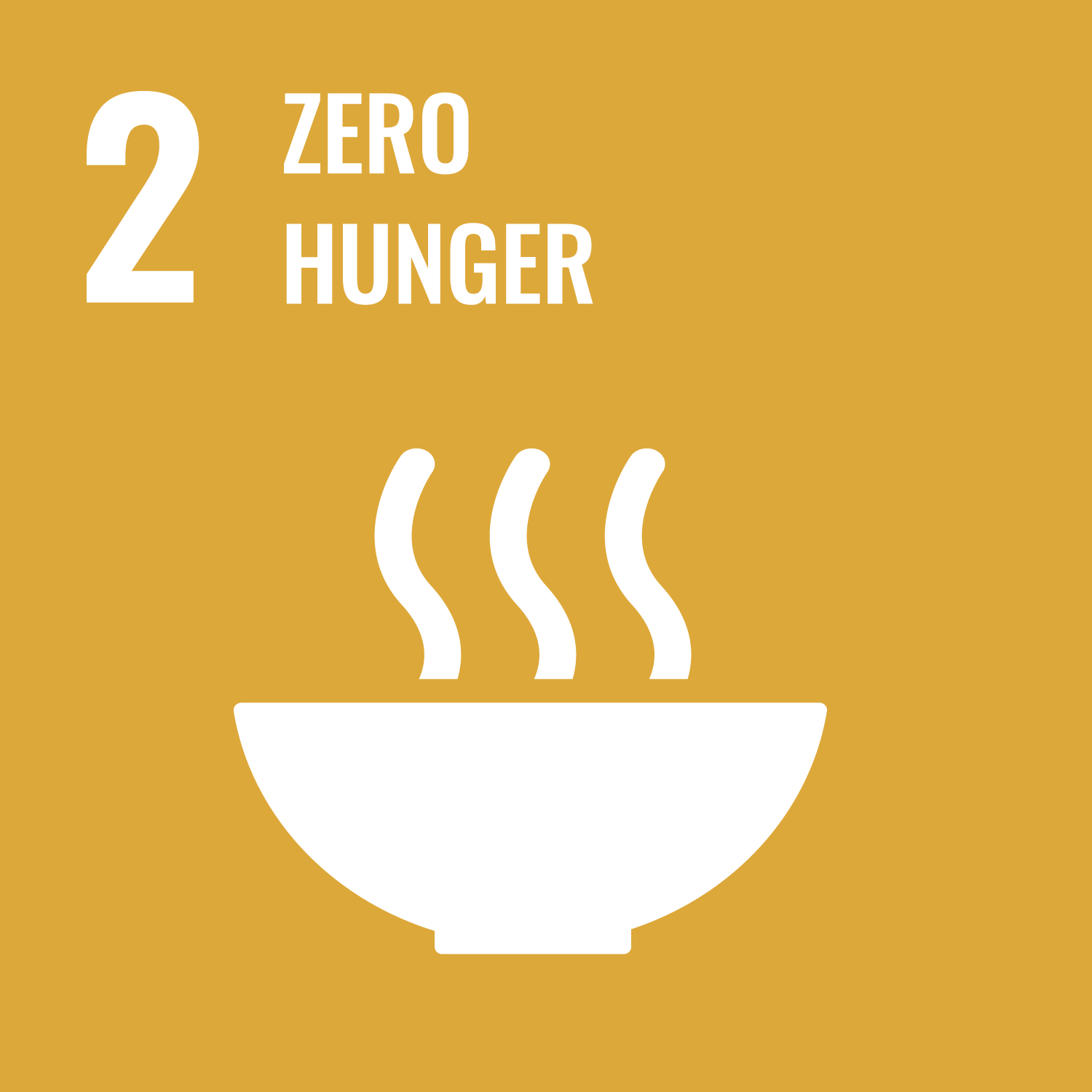
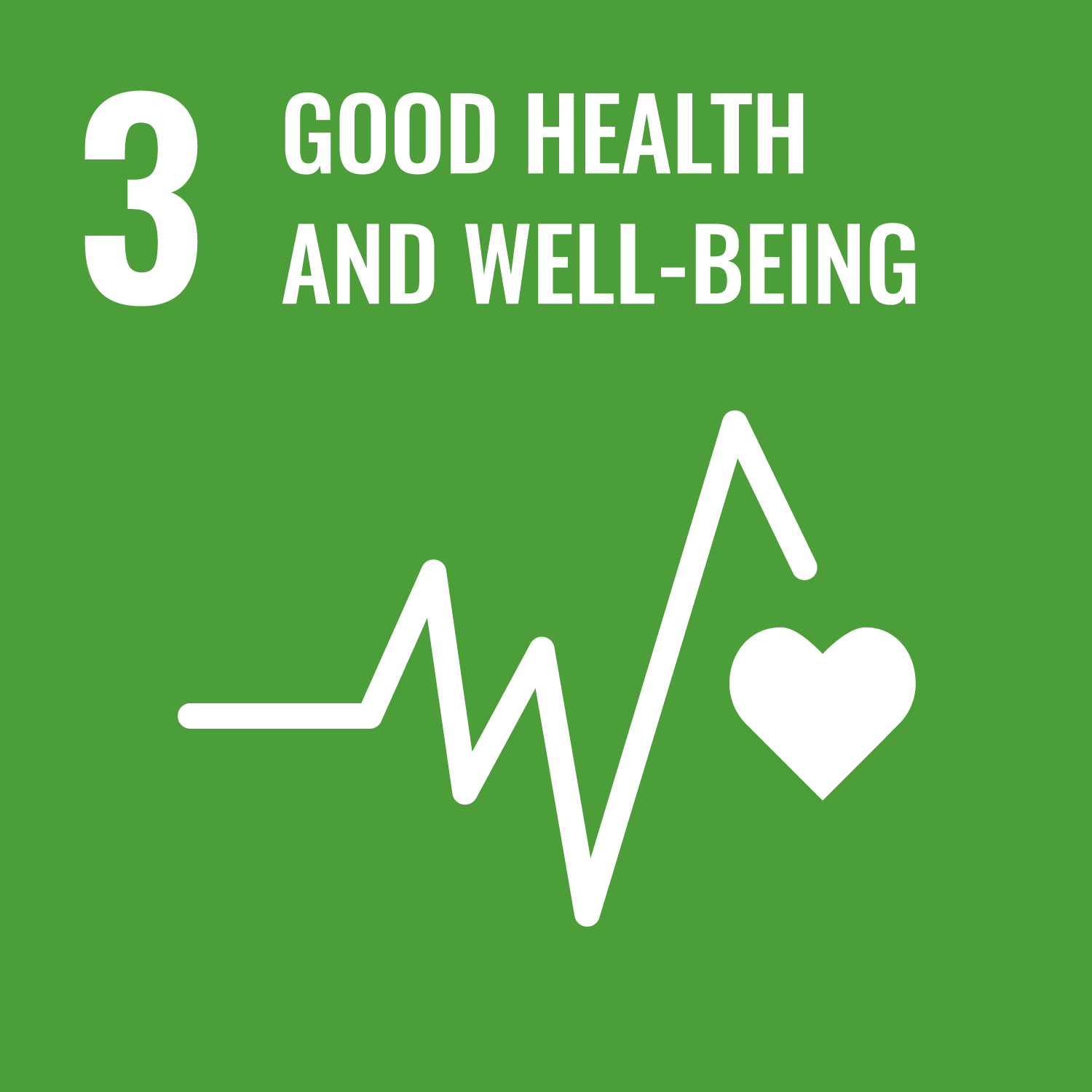
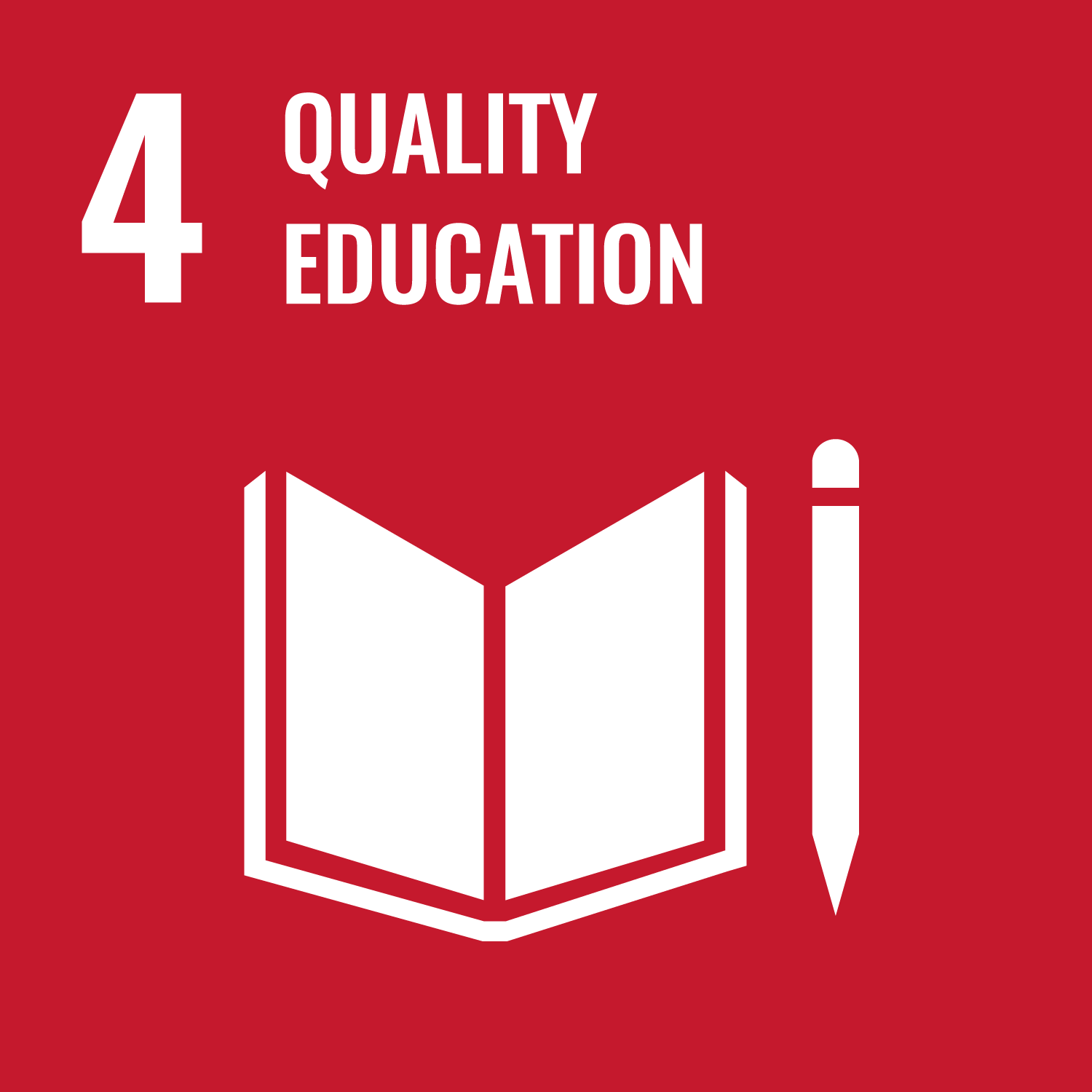
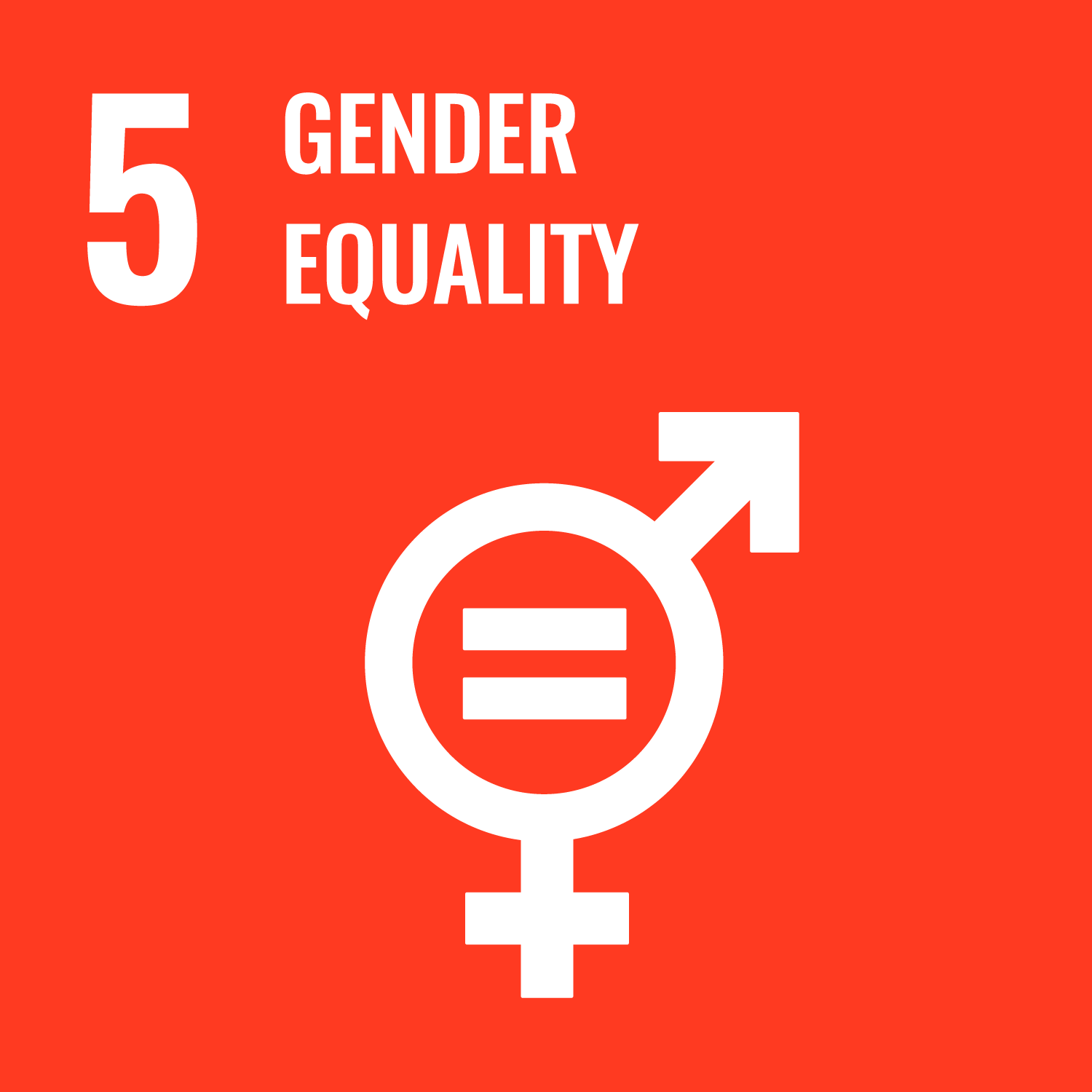
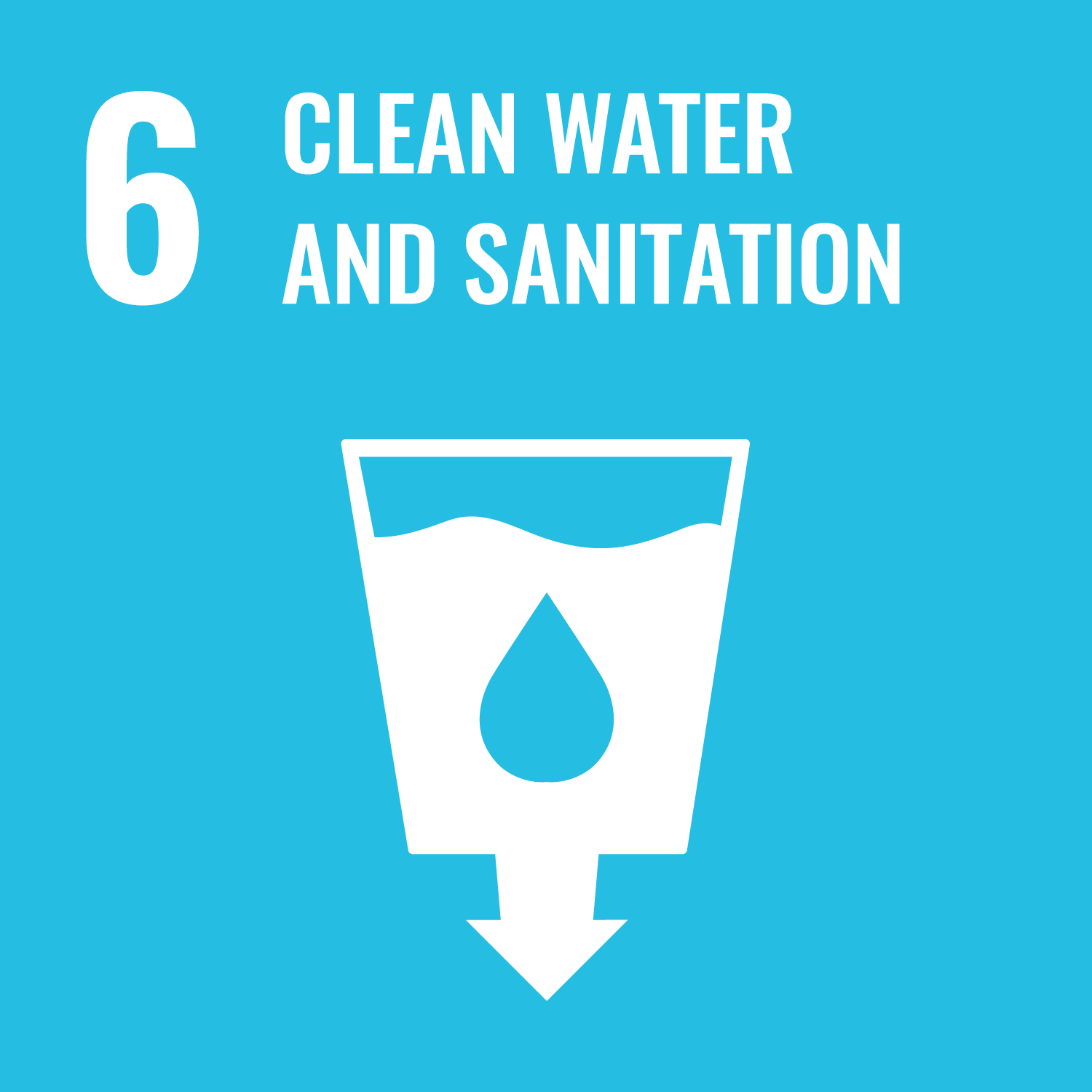
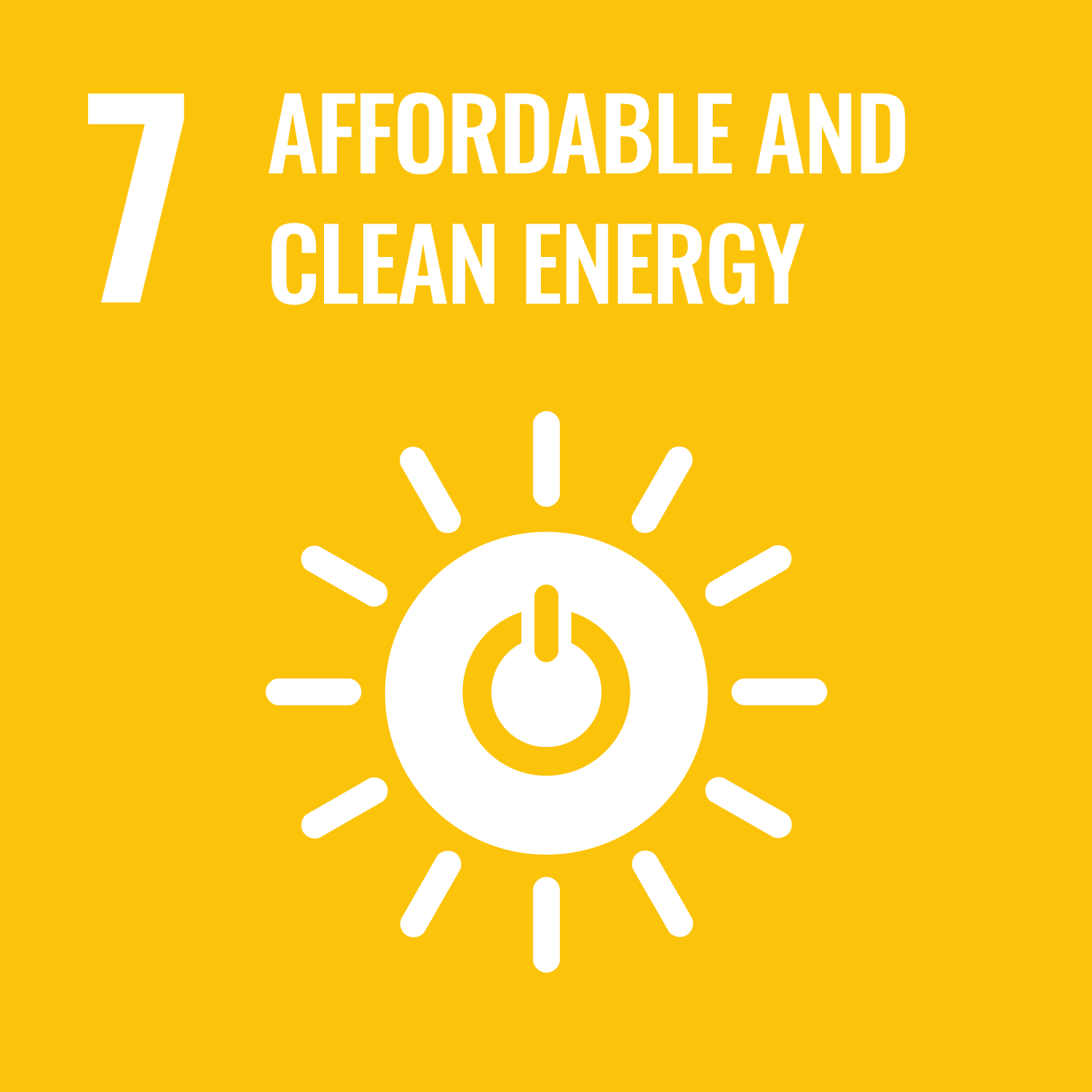

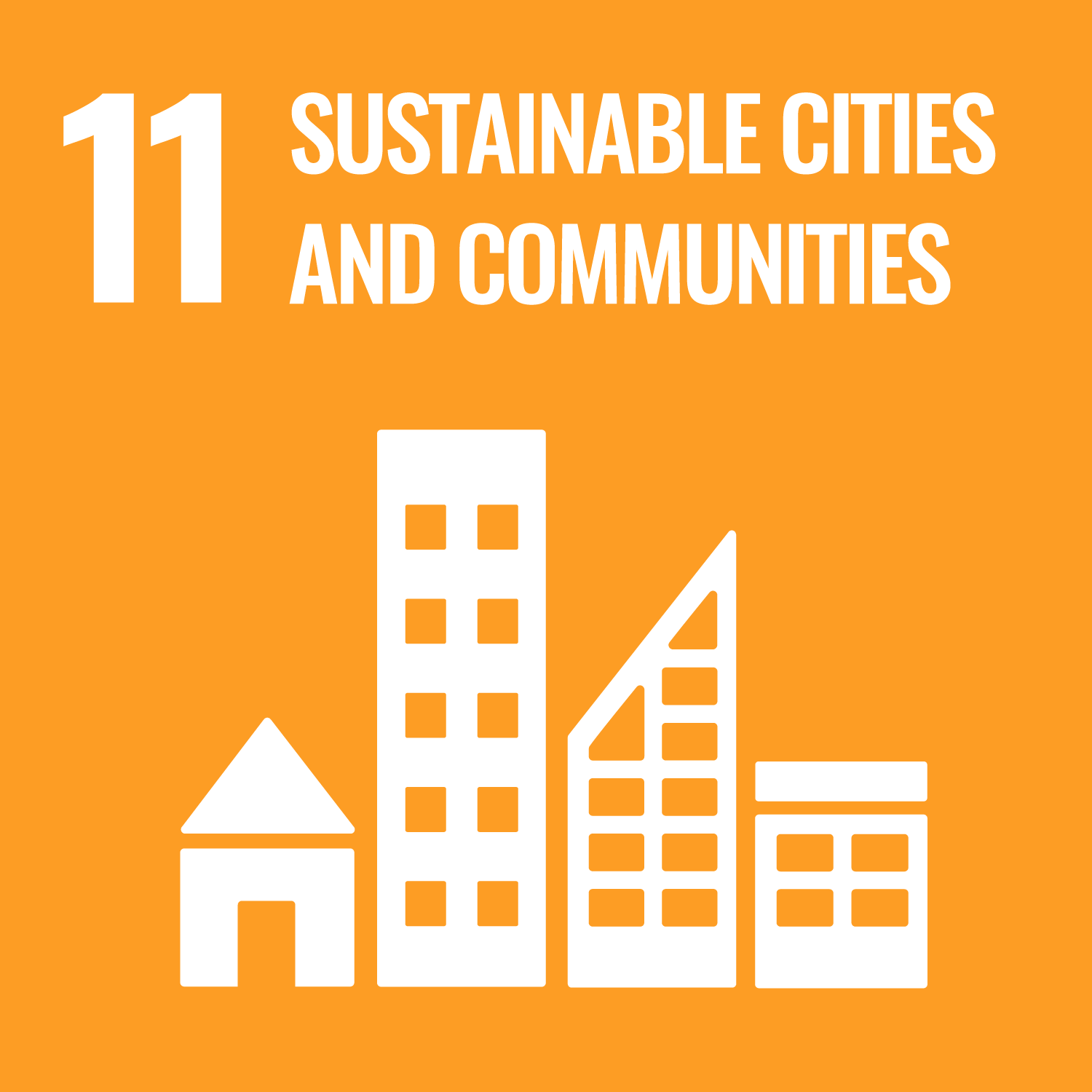
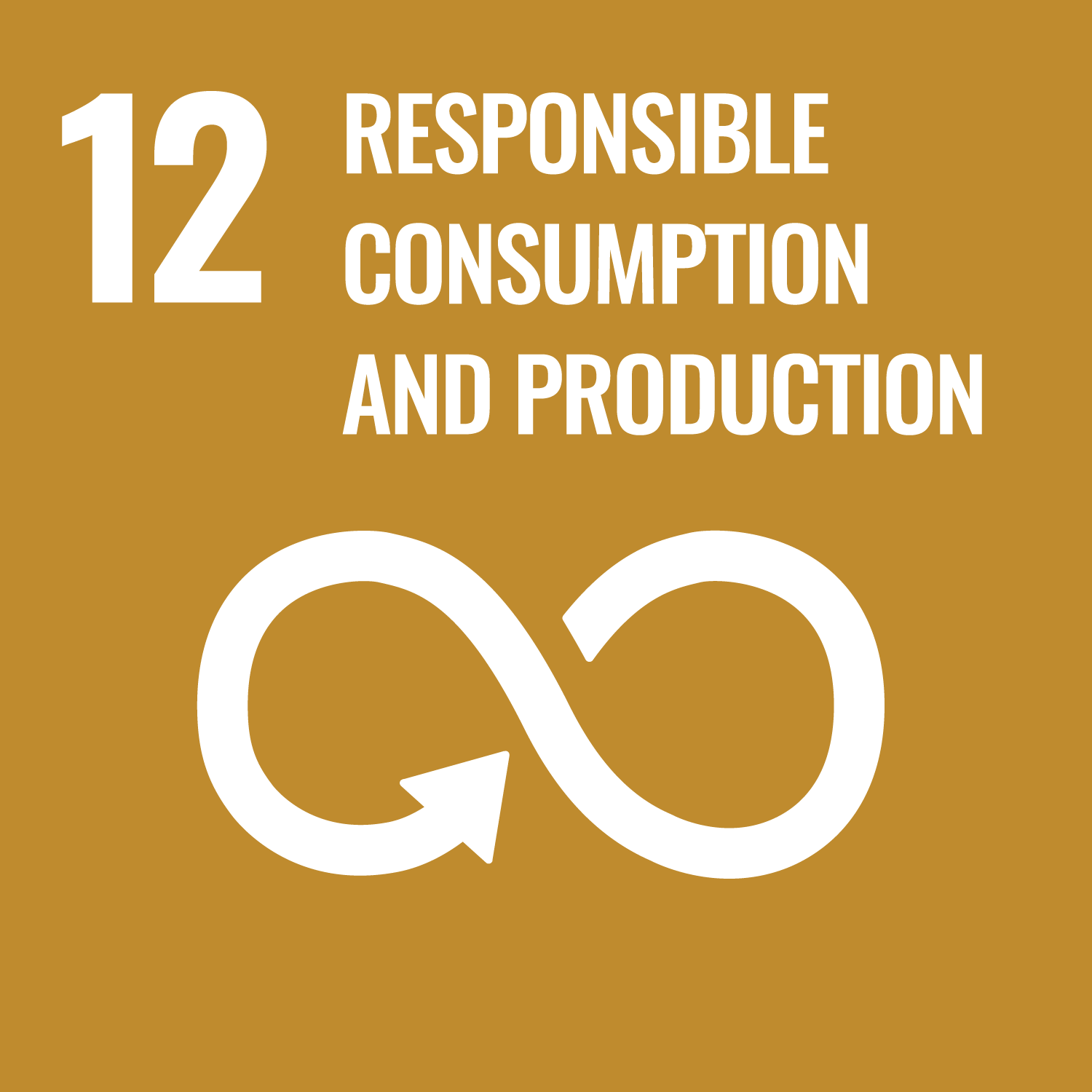
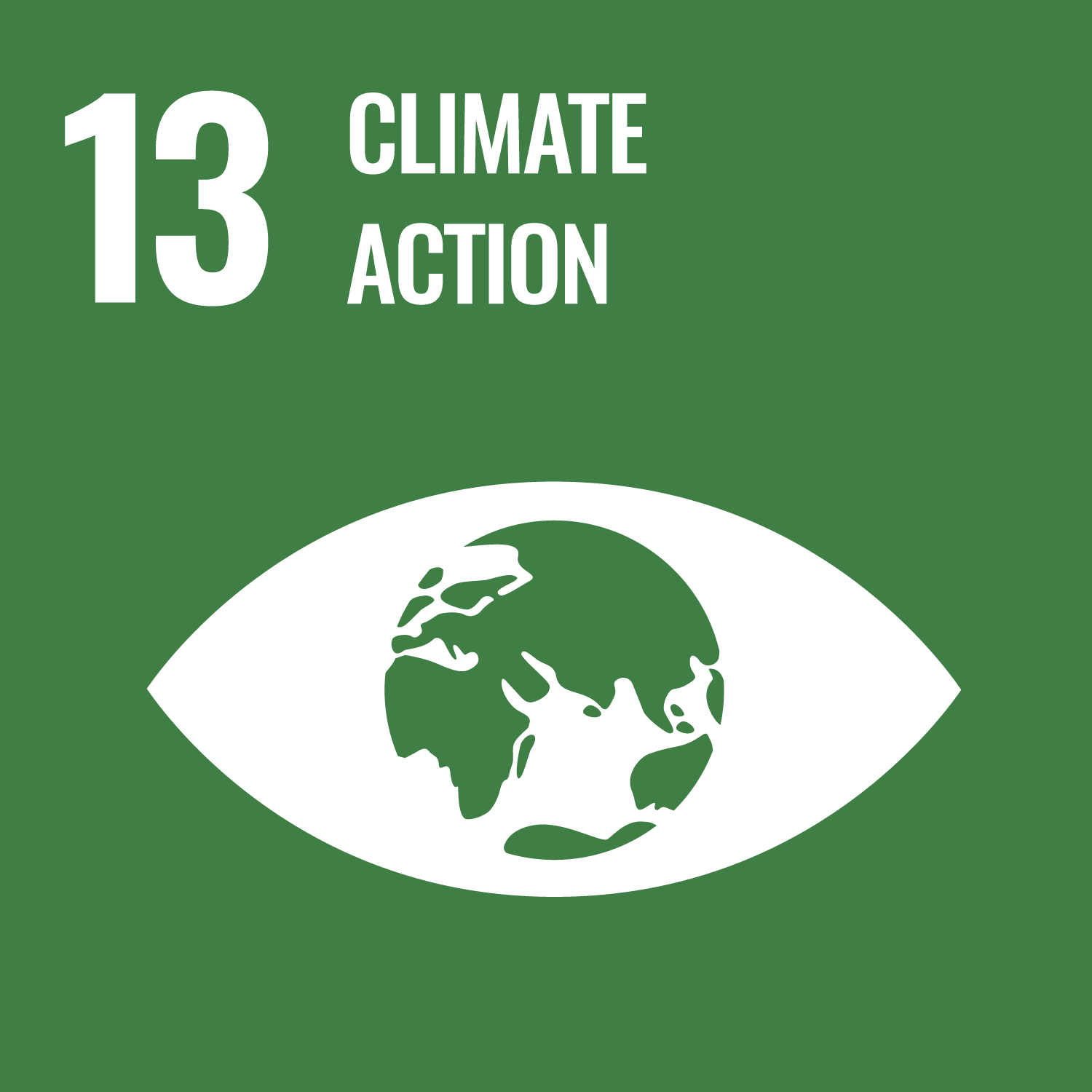
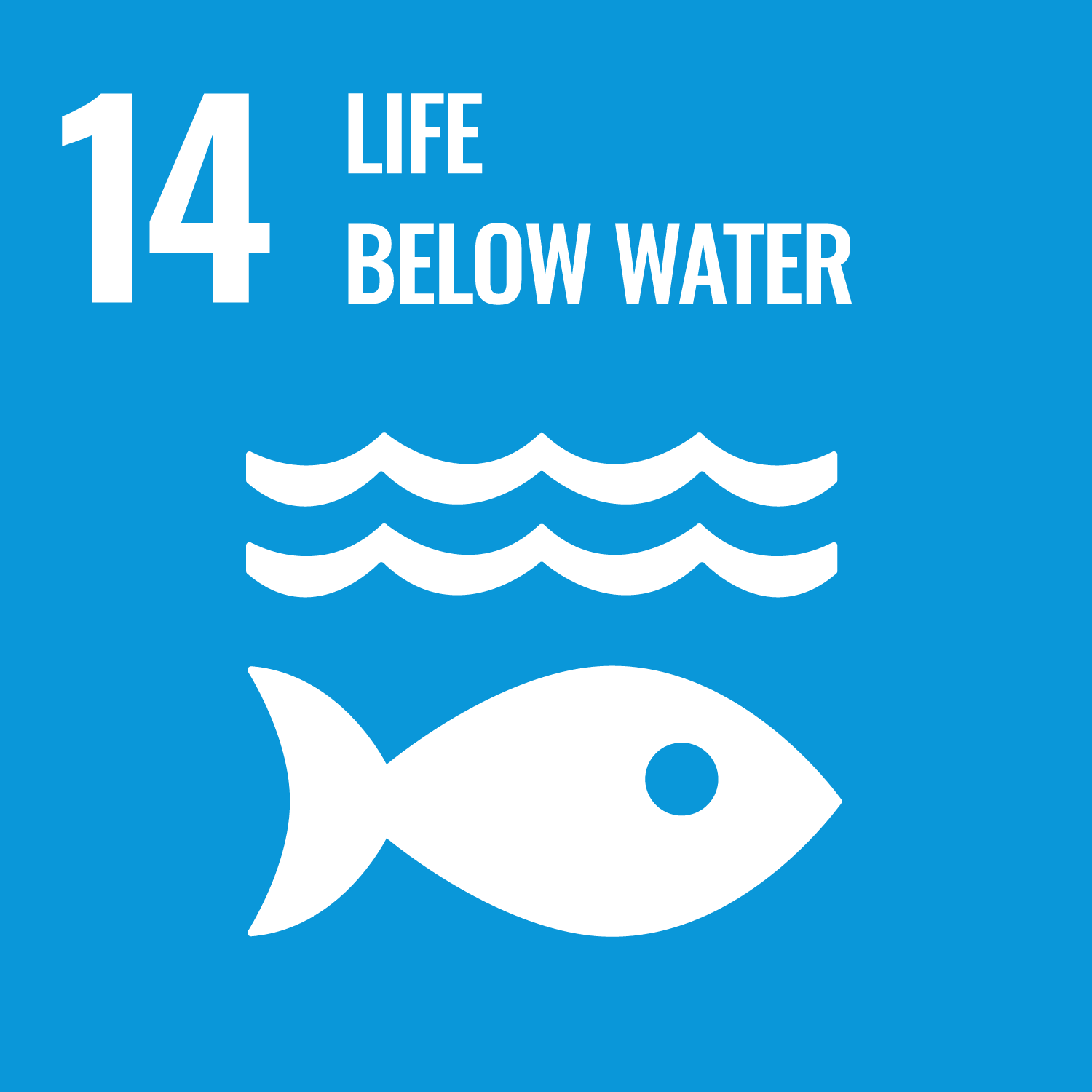
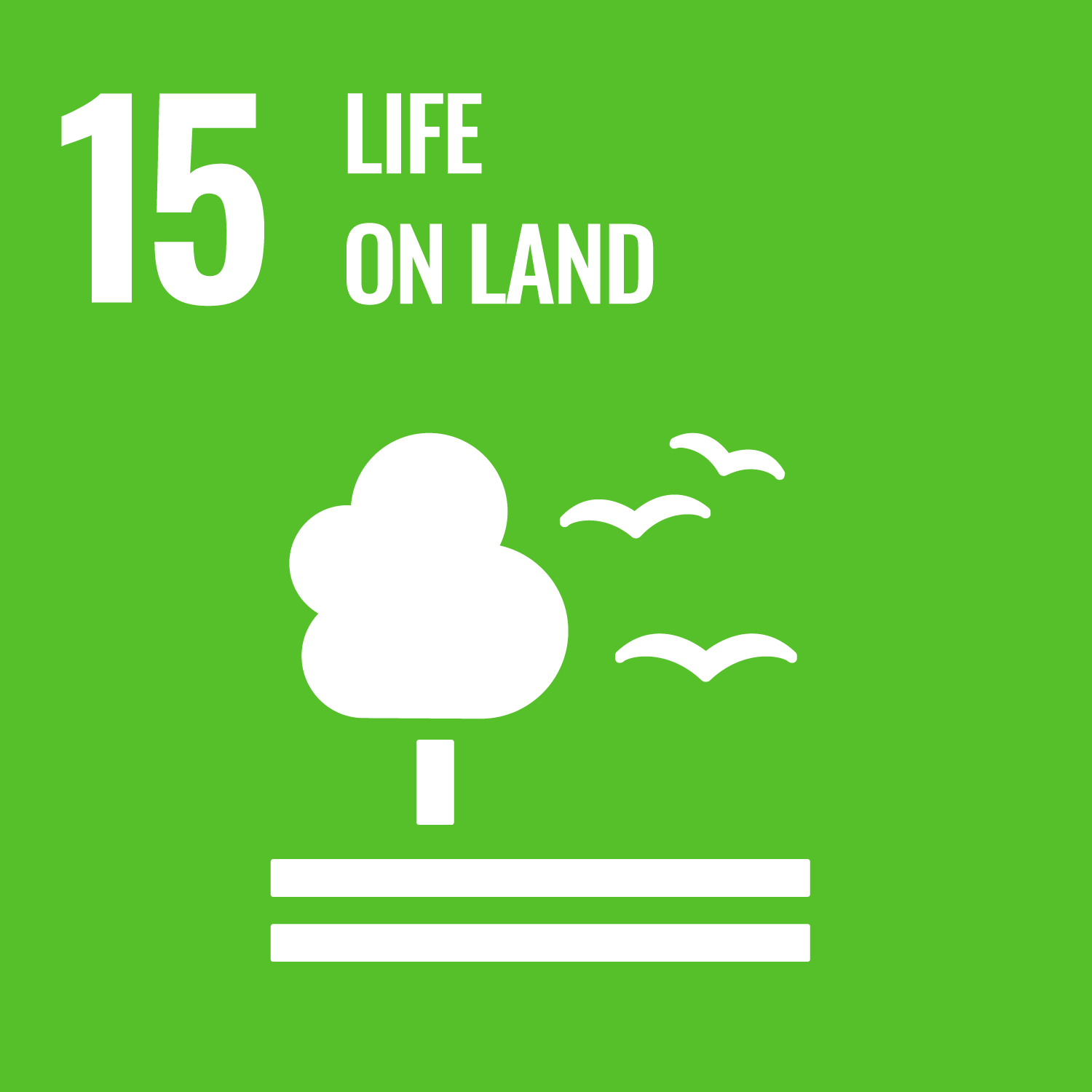
- 2.ZERO HUNGER
- 3.GOOD HEALTH AND WELL-BEING
- 4.QUALITY EDUCATION
- 5.GENDER EQUALITY
- 6.CLEAN WATER AND SANITATION
- 7.AFFORDABLE AND CLEAN ENERGY
- 9.INDUSTRY, INNOVATION AND INFRASTRUCTURE
- 11.SUSTAINABLE CITIES AND COMMUNITIES
- 12.RESPONSIBLE CONSUMPTION & PRODUCTION
- 13.CLIMATE ACTION
- 14.LIFE BELOW WATER
- 15.LIFE ON LAND
Last modified : Wed Jun 15 04:03:52 JST 2022
